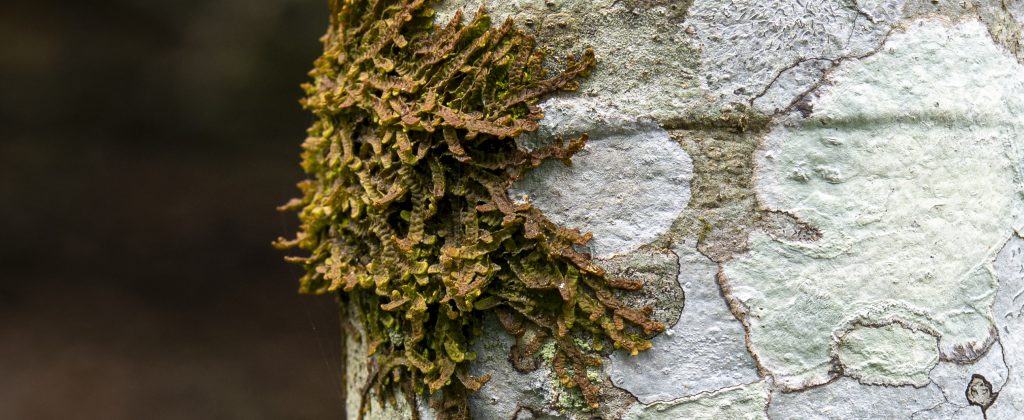
Centro Selva Arte y Ciencia has the pleasure to present the individual show of Michelina Risbeck. Michelina participated in an individual artist in residence at Centro Selva Arte y Ciencia, in Campoverde, Ucayali, Peru from the 31 of May to July 31, 2021.
The art she developed during her stay involves a very personal experience through all her senses, with meditation practices, discovering her surroundings, getting involved with everyday practices, as part of a personal healing process, and the acknowledgment of her presence in this moment of time.
The pieces she is presenting are Maestra Miriam: Enseñando El Arte Del Diseño Shipibo Konibo, The Skin of Trees, Peruvian Nourishment, Connection.
Being able to follow Michelina’s process has been a privilege and also a great responsibility. We admire the sensitivity and dedication of Michelina’s process and look forward to continuing to follow her work in years to come.
Diana Riesco Lind
Online Opening:
Maestra Miriam: Enseñando El Arte Del Diseño Shipibo Konibo
Ucayali, Peru
Short Film 2:59
“Maestra Miriam: Enseñando El Arte Del Diseño Shipibo Konibo” offers a glimpse into Miriam’s world of creating and teaching the long-held traditions of the Shipibo Konibo Textile Designs. As headteacher of the Shipibo Konibo Community, Miriam’s knowledge of this artform delves into the natural materials, traditional techniques, and deeper meanings behind the work.. Through the Centro Selva Artist in Residency Program, I had the honor of learning not only the process of these textile designs but the heart within them from both Miriam and her daughter, Anahi. Partaking in this artform of ancient knowledge passed down from generation to generation and adapting to this living culture is a reminder of how art connects us beyond time and the importance it holds for our soul.
Michelina Risbeck
La piel de los árboles
Potografía
The photo series “The Skin of Trees” captures the unique beauty and functionality of tree bark in the diverse landscape of the Ucayali region of Peru. Where they’re all classified as trees, each tree type has a unique beauty formed from its protective tree bark layer. This connection is shown by closely observing each image’s different shapes, patterns, sizes, and colors of each image.
Similar to human skin, tree bark is the outermost layer. It functions to protect the inner layers from the outside elements while growing throughout its lifespan. During the tree’s aging process, its bark changes from the youthful smooth, flexible bark to an aged cracked, dry bark. As human skin ages, the elasticity also decreases, causing wrinkles to form and veins to pop up. Society treats the aging visual effect as something to avoid or “fix” with anti-aging products, but if we see aging the way we see trees age, perhaps we’d find the beauty within aging skin and appreciate the functionality that it still provides.
The diversity of trees growing on the farmland in Peru is a reminder of how diverse people are, both in Peru and in the world. As humans, our DNA, cultural background, and environment influence how we grow, think, and act in the world. Our skin tone, body adornments and alterations, hair type, and clothing are visual markings of our genetic code, self-expression, and how the physical and social environment affects us. Seeing the layered complexities of these concepts through the lens of tree bark offers a grounding, non-judgemental space to simply be as you are in this moment in time. To accept yourself as you currently stand, like a tree constantly growing in its current landscape. To see your beauty as something that simply is, in whatever form it’s currently in, and will continue to evolve into.
Perhaps one day you’ll be the tree that becomes home to countless birds and animals. Or maybe you’ll be the tree that sprouts flowers for bees to pollinate that turn into fruit for the animals to eat which spreads the seeds for more trees to grow. Maybe you’ll have that one branch that inspires someone to make a tire swing. Whatever the future brings, know that you’re ever-growing in this complicated world. Give yourself time to simply be, as if you were a tree growing in the landscape.
Michelina Risbeck


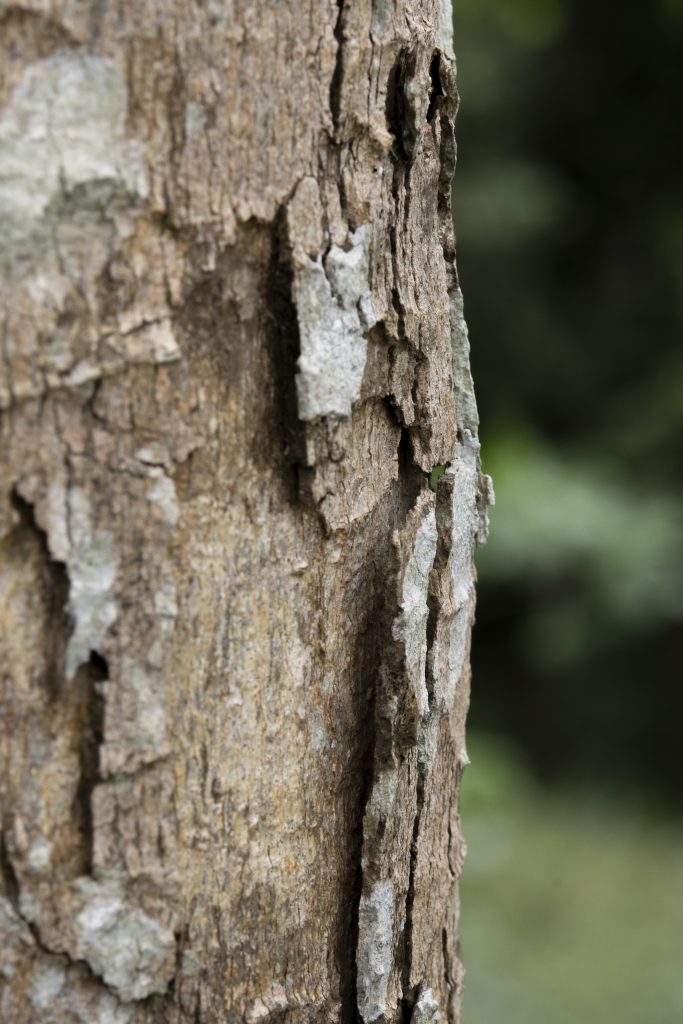

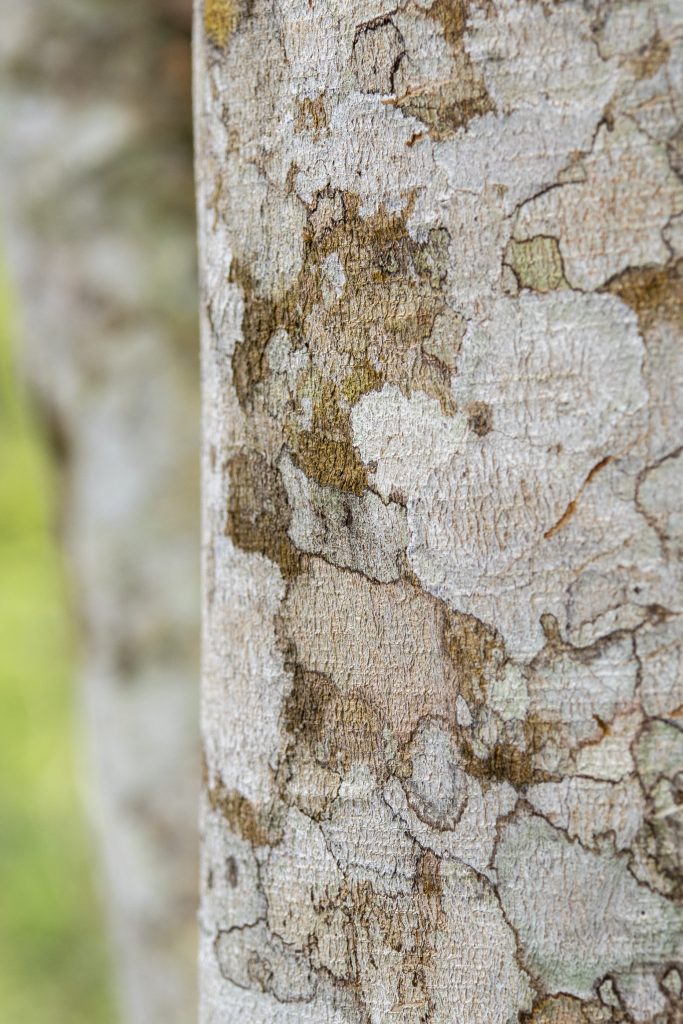
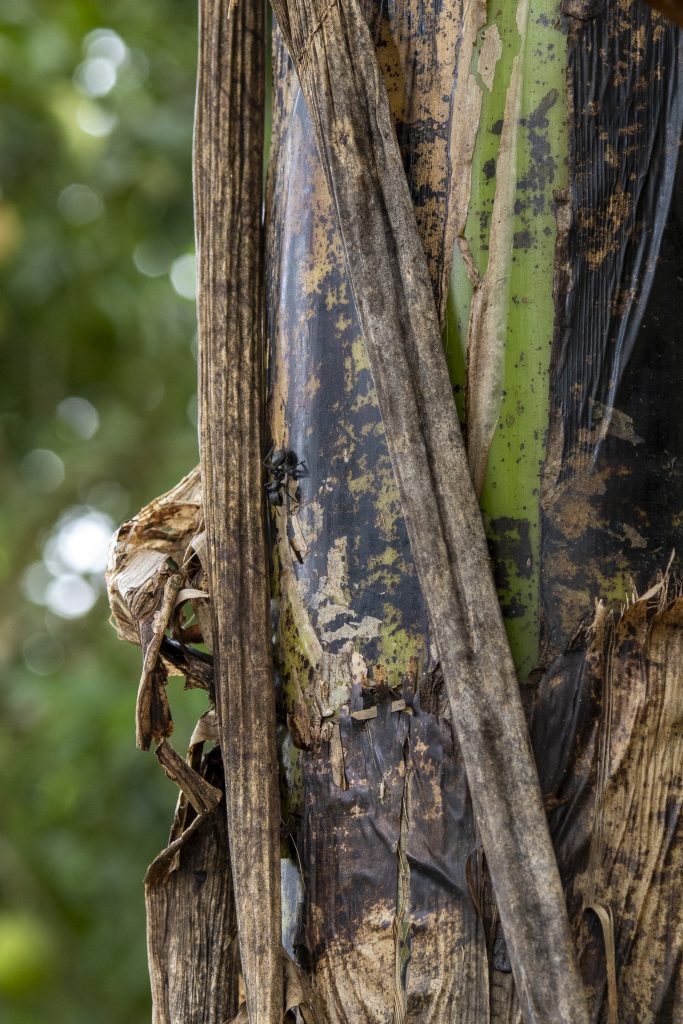
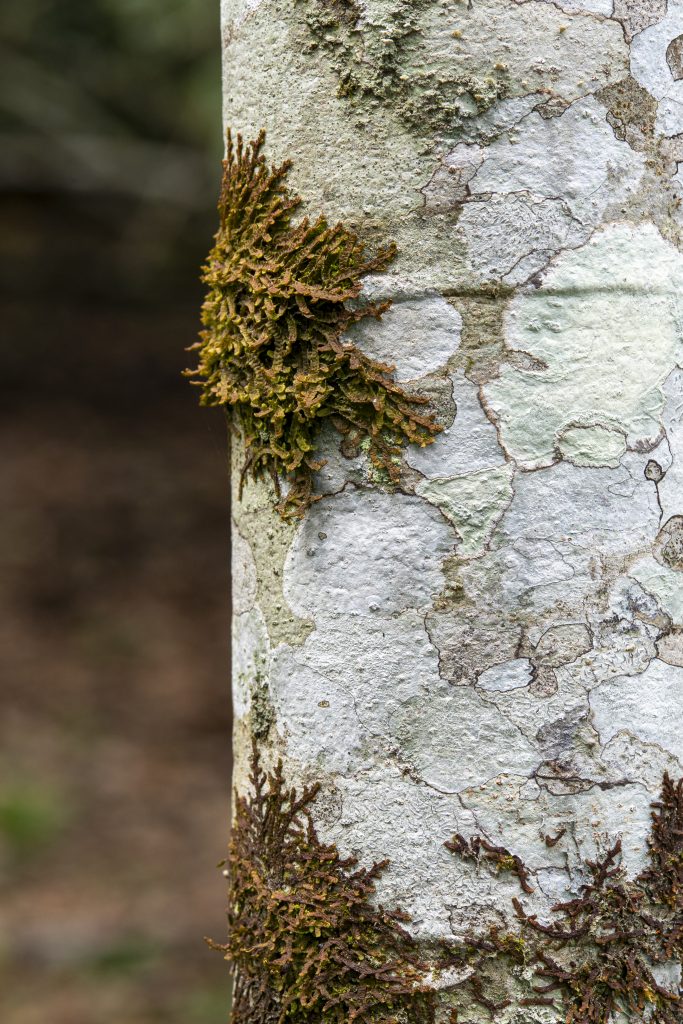







Alimento peruano
Fotografía macro de alimentos
While in the Ucayali region of Peru, I remember the experience of trying my first cacao: picking the cacao pod from the tree, hearing the cracking sounds as I opened its hard surface, feeling the gooey white substance surrounding each seed as I held one to my mouth, and tasting its sweet flavors. Experiencing this mindful eating through the senses began to heal the disconnect of my mind and body. Photographing local regional foods began to reconnect the soul to my ancestral roots through food.
“Peruvian Nourishment” captures this mindful eating of local foods through the intimate shapes, colors, textures, touch, and mood evoked from each macro image. The juicy lemon becomes a playful burst of joy for my morning tea. The purple maize sings a harmonious melody as it colors the water for chicha morada. The bold, red pepper with the black seeds punches my tongue with its seething heat. Each image channels these feelings through both the organic, linear, and textural structures as well as the cutting and preparing of each food item.
Previously, I saw food and cooking as a time-consuming inconvenience, prioritizing being stuffed over being nourished. Being in a space that required me to cook my own food daily, I learned how to find a healthy connection with food. To photograph and eat mindfully connects my artistic joy with the visceral experience of each food item. Where several food items I tried in Peru were new to me (such as the cacao, papaya, purple maize), other food items were familiar to me that I learned to experience in a different way (such as the lemon, carrot, red onion).
By experiencing local fruits and vegetables grown and prepared here in Peru, I feel more connected to the land and culture of my ancestral past. From learning the process of making homemade hot chocolate from the cacao seeds to preparing Juanes for the Peruvian Jungle holiday of St. John, I felt connected to these traditions being passed down from generation to generation through food. Nourishing my body with the foods of Peru connects my soul to the ancestral roots I’m starting to nurture.
Michelina Risbeck




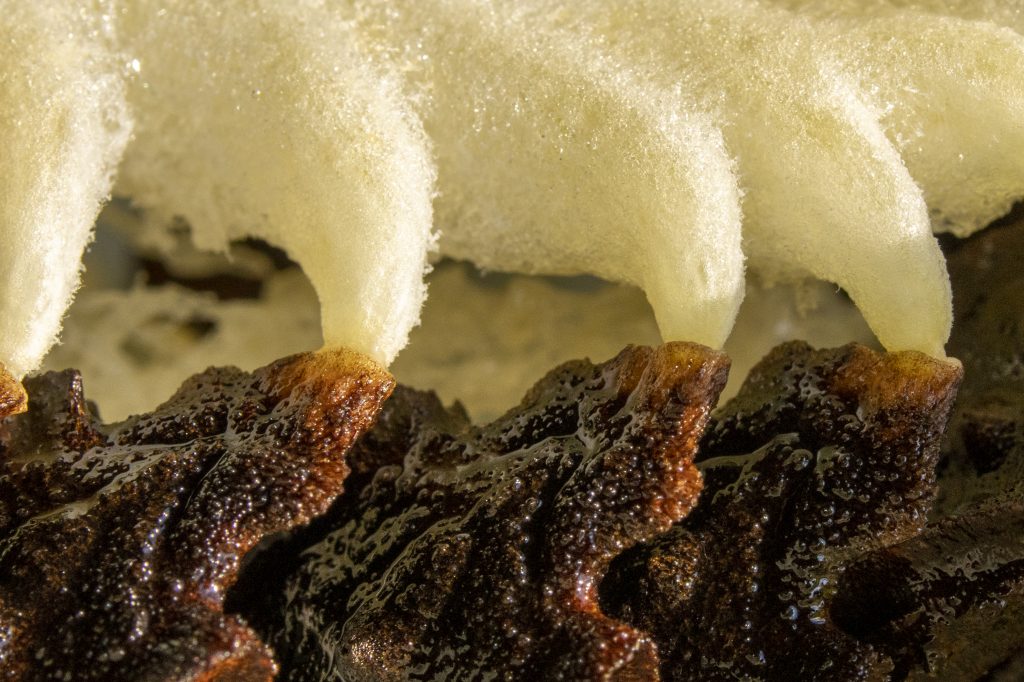

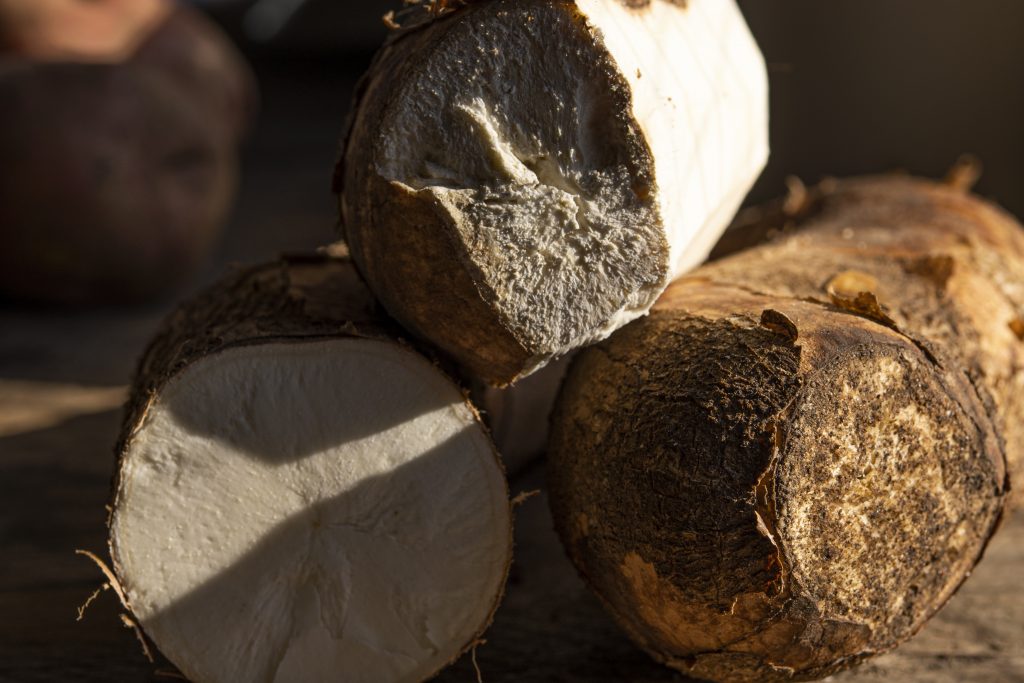
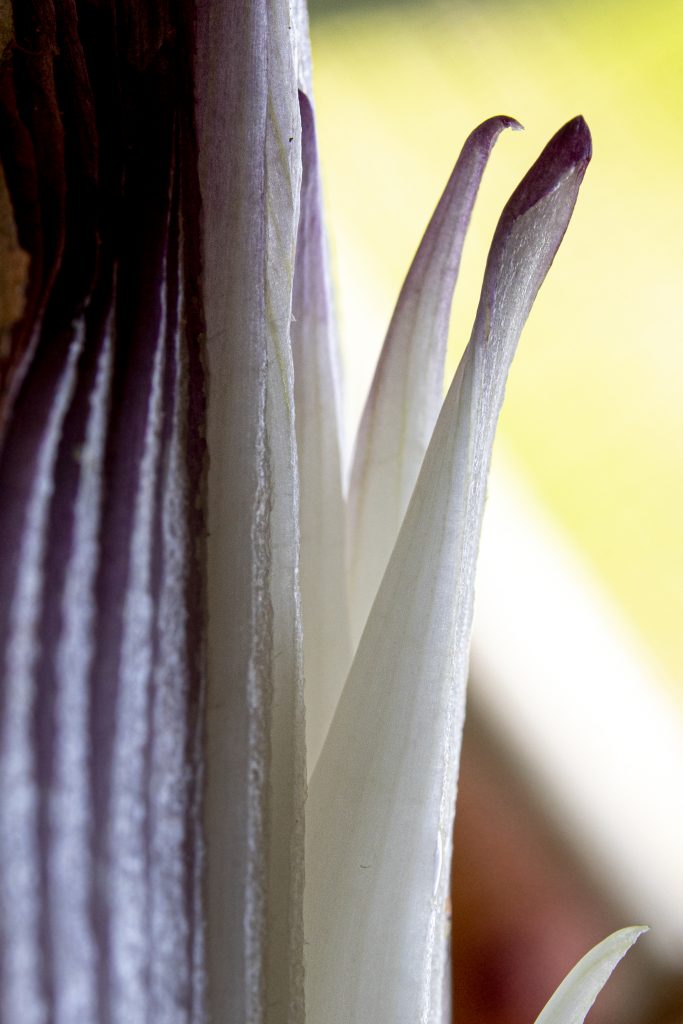

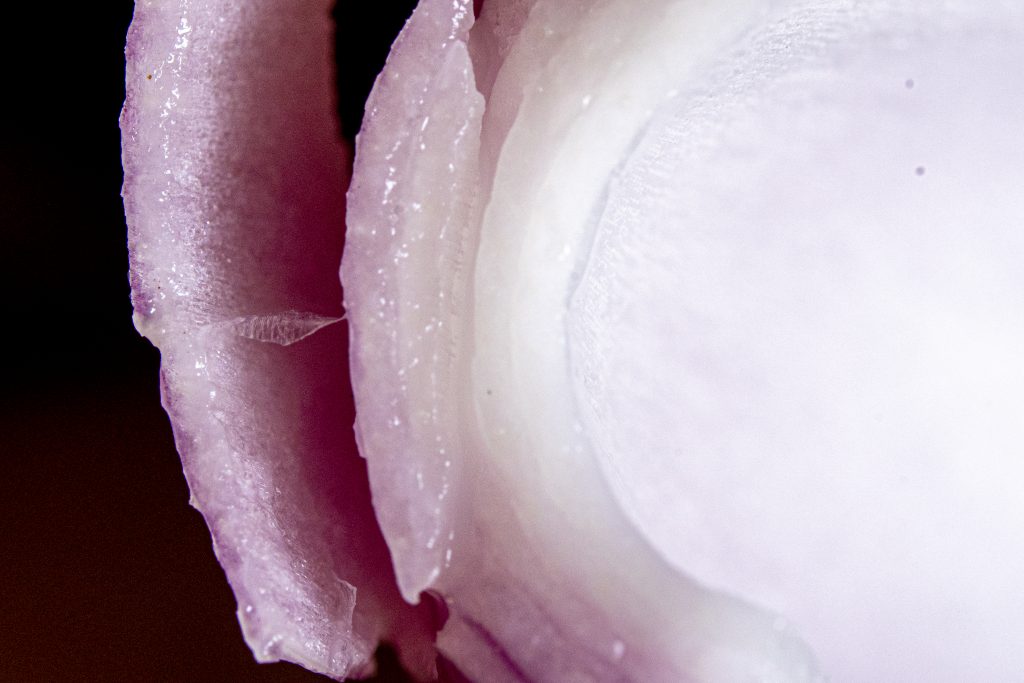

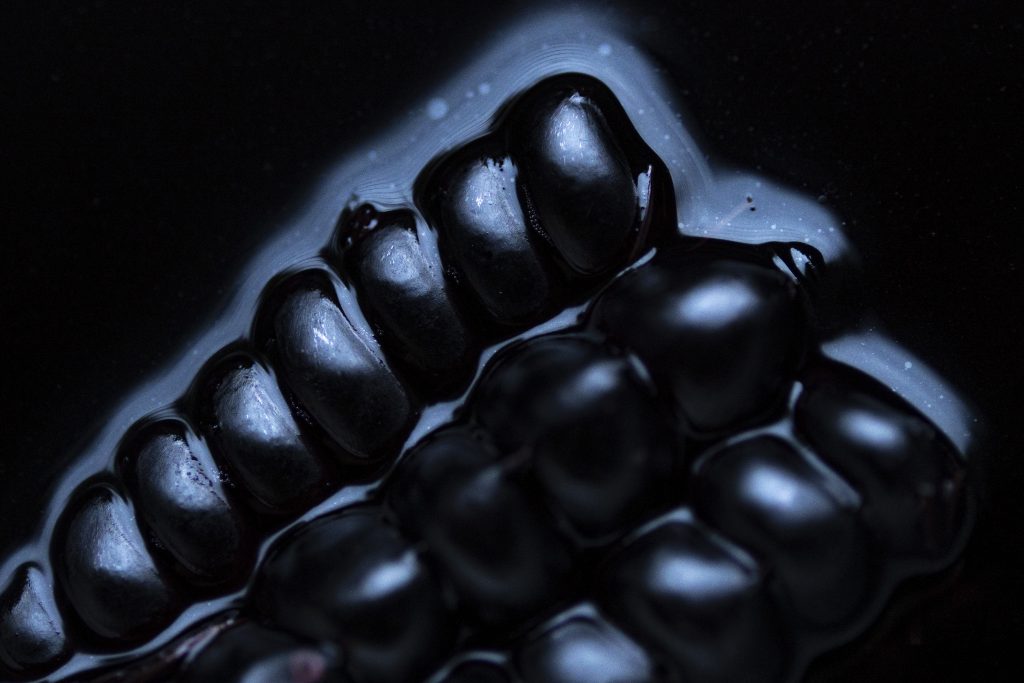
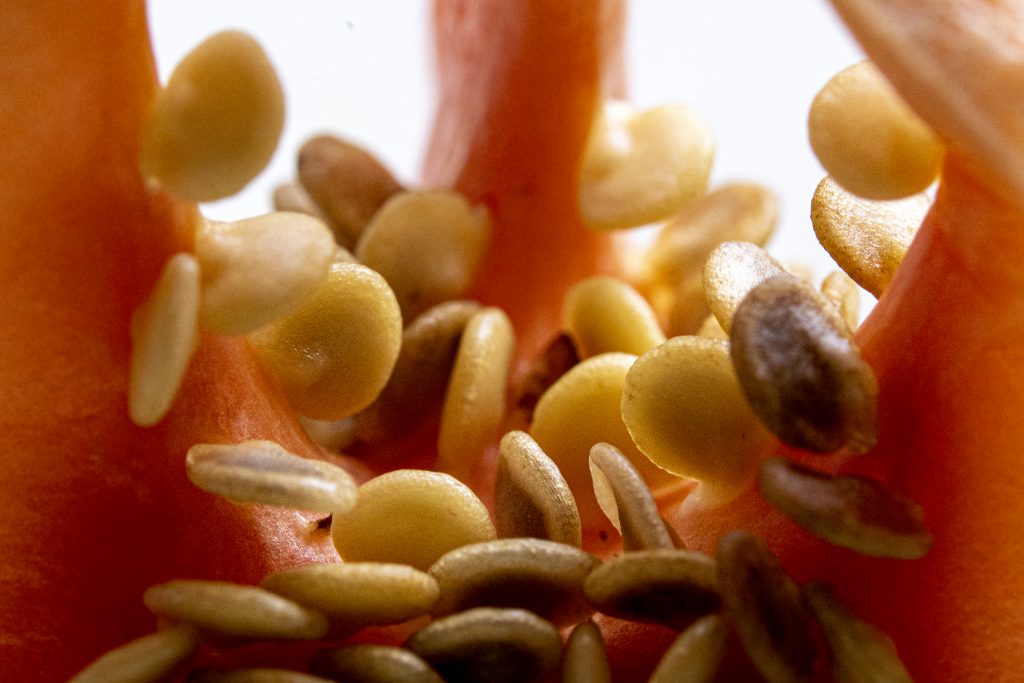


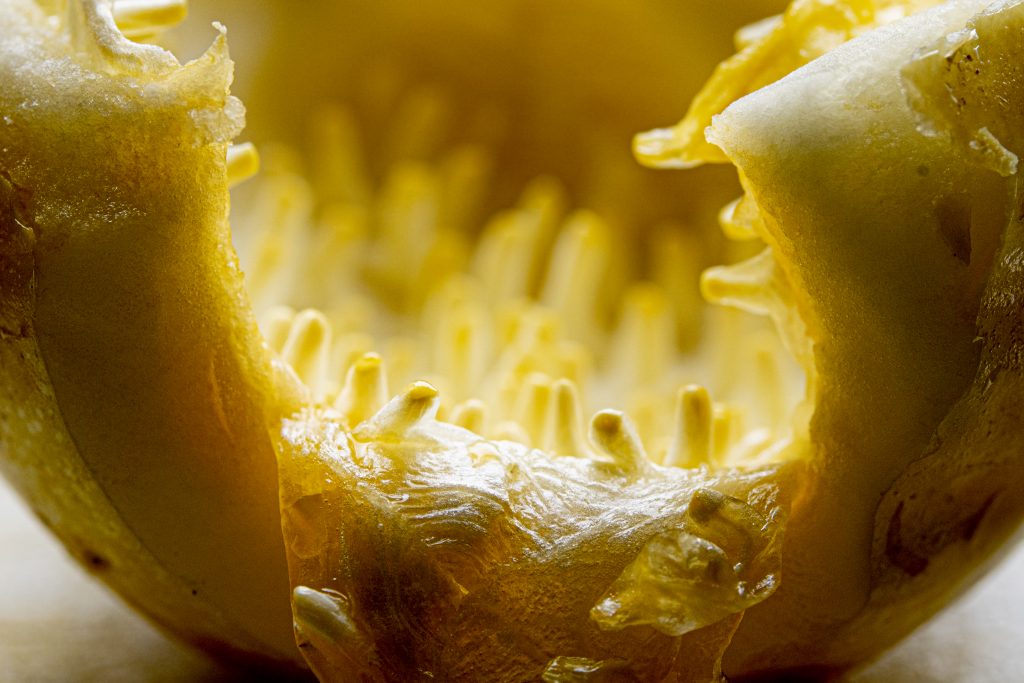






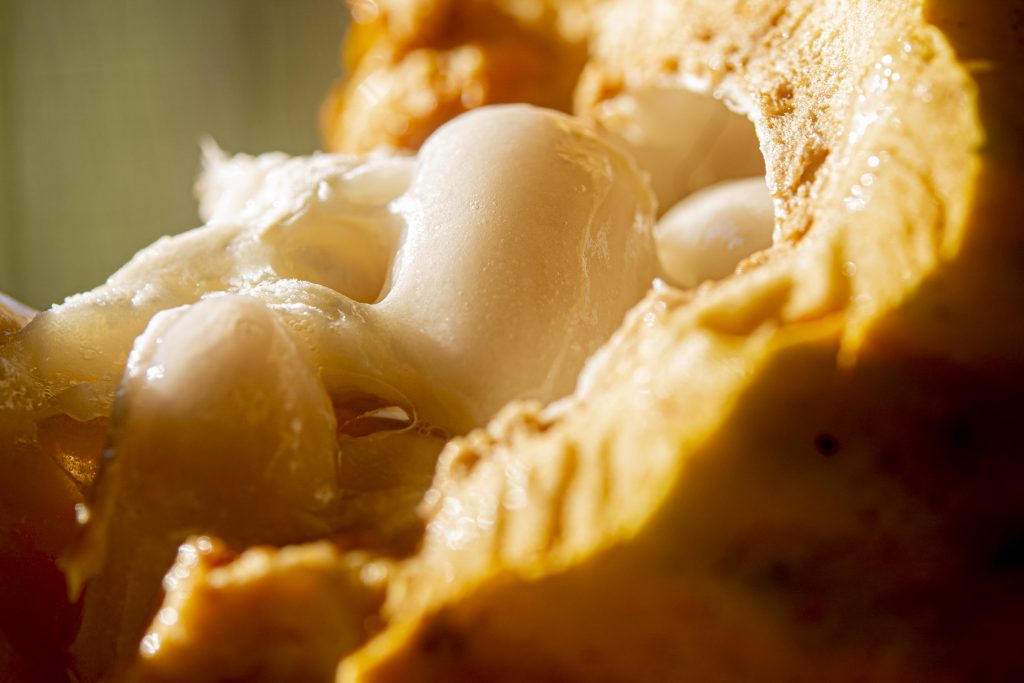


Connection 2021
Connection
Screendance Film
5:48
In the depths of the rural Amazon region of Ucayali, Peru, in the country of the artist’s ancestral past, Michelina delves into the inner healing of the mind through the screendance film “Connection.” The film expresses this interconnected healing through several parts of self: to revive the dissociative mind back into the body, to listen to suppressed emotions while embracing them for what they are saying, and to cultivate a stronger understanding of identity and sense of self. From the taste of the tree’s papaya to the sounds of the birds in nature, “Connection” shares this inner healing journey through film and dance.
Michelina Risbeck


